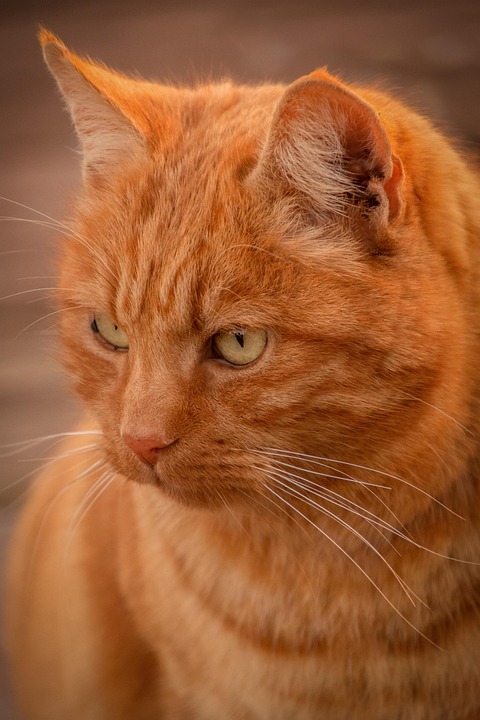Garfield’s Guide: Transforming Your Kitty into a Purr-fectly Behaved Companion
Garfield’s Guide: Transforming Your Kitty into a Purr-fectly Behaved Companion
Every cat owner dreams of the day their feline friend behaves like the famous Garfield—charming, amusing, and relatively well-behaved. While Garfield might be a fictional character, his charisma and unique personality traits can inspire real-life training techniques. In “Garfield’s Guide: Transforming Your Kitty into a Purr-fectly Behaved Companion,” we uncover expert advice, actionable insights, and interesting facts to help you nurture a harmonious relationship with your kitty.
Understanding Feline Behavior
Before diving into training, it’s crucial to understand the innate behavior of cats. Unlike dogs, cats are independent creatures, and their behaviors are often driven by instincts. From scratching furniture to nocturnal adventures, these actions are part of their natural tendencies.
Key Insight: The Importance of Territory
Cats are territorial animals, and they express this through scent marking and scratching. Instead of scolding your feline friend, provide alternatives like scratching posts and ensure they have their own space to retreat.
Positive Reinforcement Techniques
Positive reinforcement is the cornerstone of effective cat training. This method involves rewarding desired behaviors with treats, affection, or playtime, reinforcing the likelihood of these behaviors being repeated.
Expert Advice: Clicker Training for Cats
Clicker training, often used for dogs, is equally effective for cats. Introduce a clicker by associating the sound with treats. Once your cat learns this association, use the clicker to mark desired behaviors, followed by a reward. This method encourages your kitty to engage willingly in training sessions.
Managing Unwanted Behaviors
Addressing unwanted behaviors is essential for a peaceful coexistence. Common issues include scratching, biting, and litter box problems. With patience and consistency, these behaviors can be modified.
Real-Life Example: Redirecting Scratching Behavior
Meet Luna, a feisty tabby with a penchant for scratching the couch. Her owner, Jane, used positive reinforcement by placing scratching posts near Luna’s favorite spots. Every time Luna used the post, Jane rewarded her with treats and praise. Over time, Luna learned to redirect her scratching habits.
Enrichment and Stimulation
Cats require mental and physical stimulation to thrive. Enrichment activities can prevent boredom and alleviate stress-related behaviors.
Interesting Fact: Playtime is Key
Did you know that cats spend a significant portion of their waking hours hunting in the wild? Simulate this instinct through interactive toys and play sessions. Activities like laser pointer chasing or feather wand games can keep your kitty engaged and satisfied.
Building a Strong Bond
Building a strong bond with your cat enhances training success and overall companionship. Spend quality time together, respect their boundaries, and be attentive to their needs.
Actionable Advice: The Power of Routine
Cats thrive on routine. Establish consistent feeding, play, and grooming schedules to provide a sense of security. A well-structured routine can lead to a more content and well-behaved cat.
Conclusion
Transforming your kitty into a purr-fectly behaved companion is a journey of patience, understanding, and love. By embracing positive reinforcement, managing unwanted behaviors, and providing enrichment, you can foster a harmonious relationship with your feline friend. Remember, every cat is unique, and what works for one may not work for another. Stay observant, be flexible, and enjoy the process of watching your kitty grow into a well-mannered companion.
For more insights and tips on cat behavior, consider exploring “Garfield’s Guide: Transforming Your Kitty into a Purr-fectly Behaved Companion.” With dedication and the right approach, you can unlock the secrets to nurturing a happy and well-adjusted feline family member.
#ChatGPT assisted in the creation of this article.




Post Comment